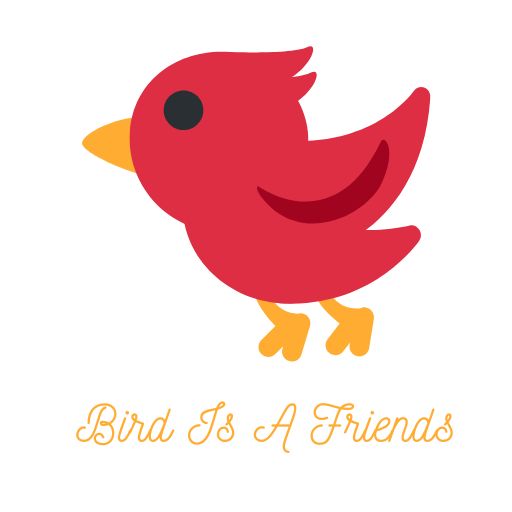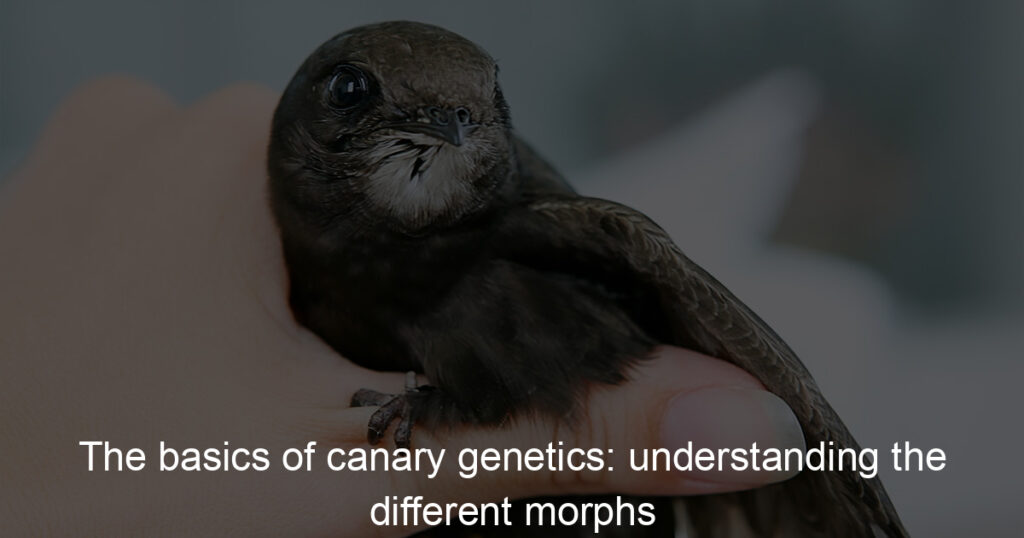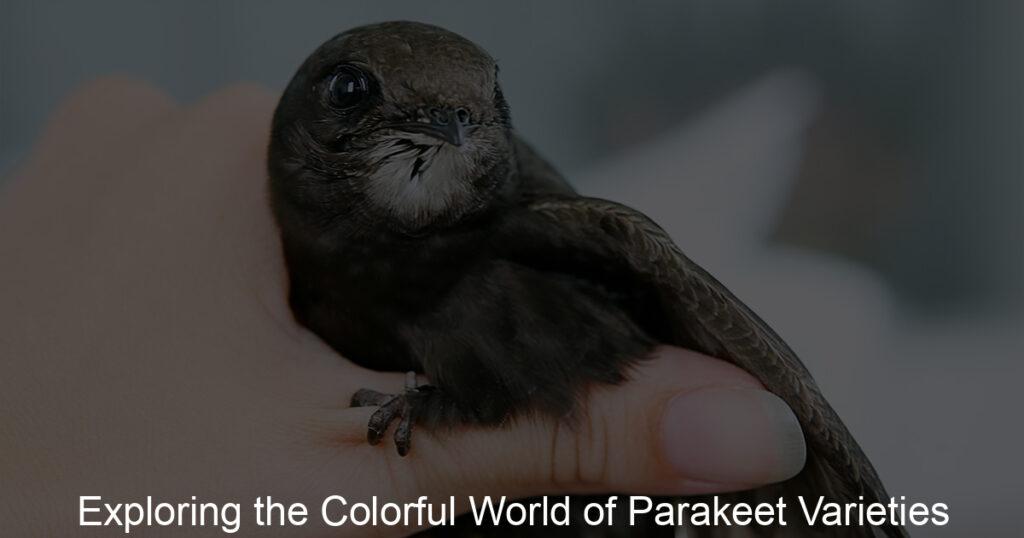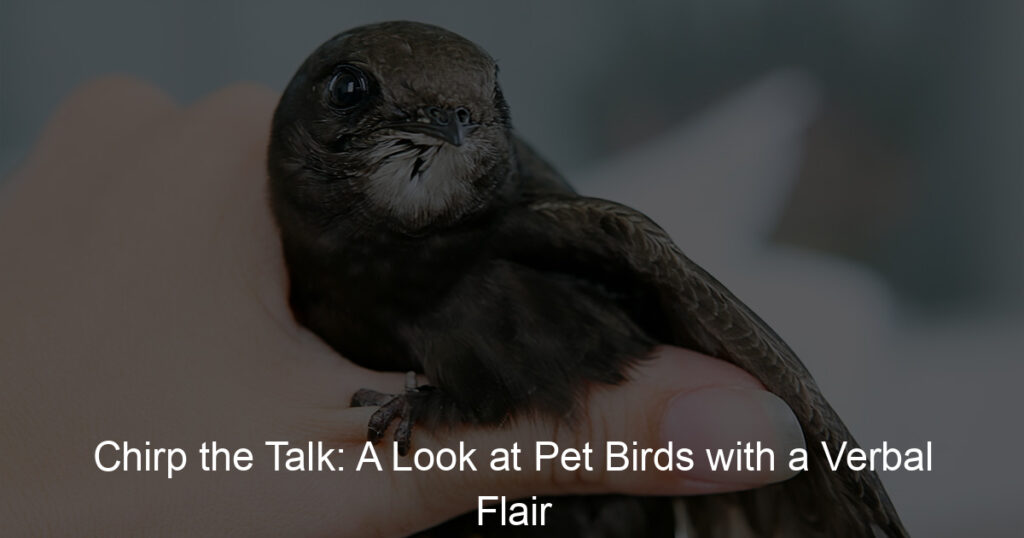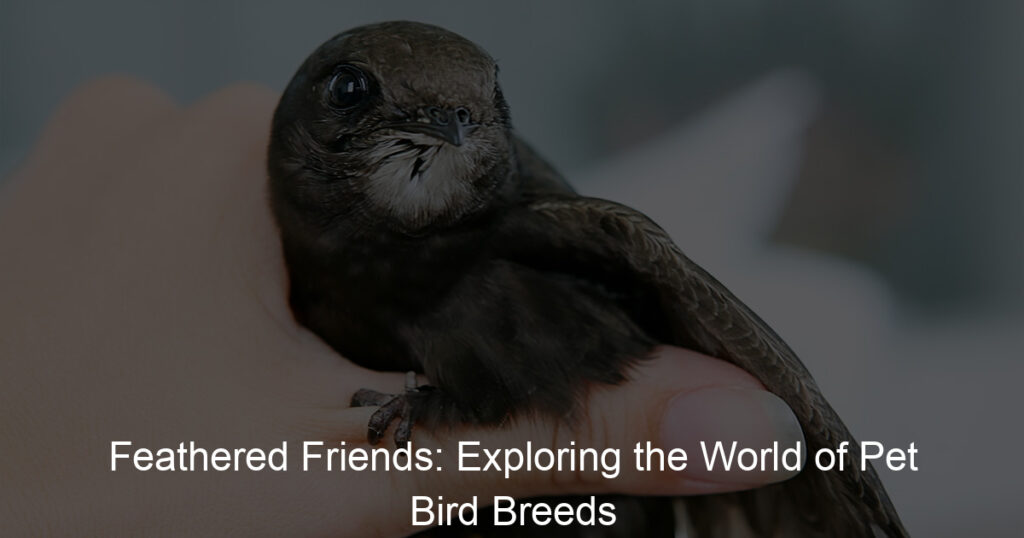Are you a canary enthusiast? Do you want to learn more about the genetics of your beloved feathered friend? Canaries are unique species that come with their own set of physical characteristics and colors.
From yellow to white, orange to blue, there is an incredible variety when it comes down to the many options for coloration. Although some morphs may be favored by certain breeders, understanding how these colors came to be can help one appreciate every single bird’s beauty and distinct background.
This blog post will delve into the details of how different morphs in canaries arise from genetics so you get an understanding of why your precious little pet looks just as fabulous as he or she does!
What are the basic genetics in color red canaries?
Red canaries are among the most popular breeds of canaries, known for their legendary bright red feather coloring. It is believed that the genetics responsible for the fiery pigment comes from an ancestor species called red siskins.
The canaries of this breed will usually carry both the red pigmentation gene and one or more dilution genes, which when both are present create shades ranging from a deep reddish-orange to a soft salmon shade. The true intensity of feathered color often depends on the environment in which they were bred and lived, leading to slight variations in each bird.
Some environmental factors, such as light exposure, diet, and general health may also influence a canary’s level of redness but it is mostly dependent on its genetic traits.
What are the different types of canaries?
Canaries are small, songbird species that can be found in pet stores and homes around the world. Famous for their beautiful singing and ability to learn tricks, these endearing birds come in an array of shapes, colors, and sizes.
Domestic canaries can range from the slender Harz Mountain variety to the lively Fife Fancy breed. Also popular is the colored Roller Canary known for its proud stance and remarkable rolls – chirps that sound like a rollercoaster on the tracks.
Wild-type canaries, such as the Atlantic Canary or Islands Canaries, boast plumage that belies their tropical origins with bright yellow feathers and cheerful songs. Whatever type of canary you choose or have chosen for you, it is sure to bring plenty of joy and music into your life.
What are the three types of canaries?
Canaries are remarkable little birds that come in a variety of colors, shapes, and sizes. Most people are familiar with the traditional yellow canary that has graced bird cages everywhere for centuries.
However, there are three different types of canaries that all look very different and have distinct personalities. The first type is called the Harz Roller Canary which originated in Germany during the late 19th century.
The second type is known as the Border Canary which was bred in England and Scotland during the 1800s. Finally, the German Roller Canary is the most admired of them all due to its vibrant colors and unique singing ability.
Each type of canary has its unique temperament and characteristics, making them each popular for different reasons among breeders and pet owners alike.
What are the different types of Coloured canaries?
Colored canaries come in a range of stunning hues which are the result of innovative breeding techniques. You’ll find classic yellow canaries alongside vivid reds, whites, and mixed shades like tortoiseshell or mosaic.
Different colors have different origins, with some resulting from hybridization with closely related bird species, or crossing unrelated species to breed spectacular new colors in canaries.
Many colored canaries also display variants of mutations that give certain plumage features such as lacing and rosettes, adding to their beauty and appeal. No matter what their color, all varieties of colored canaries benefit from a nutritious diet, plenty of space to fly around, and ample social interaction so they remain healthy and well-rounded companions.
How do canaries change color?
Color change in canaries is a remarkable feat, as they can shift slowly from yellow to green and then back to yellow. This transformation is due to the presence of different carotenoids within their feathers – these molecules determine coloration, among other pigments and reflecting structures.
Canaries can take carotenoid molecules out of their diet and put them into specific feather cells which change the feathers’ color pattern when appropriate light energy is present (i.e., sunlight for avian vision).
Additionally, some bird species are known to produce a new seasonal coat with a slightly different set of carotenoids than their regular ones, signaling their readiness for migration or mating season.
Thus, while the color change in canaries has been observed mostly as an individual’s result of age or health condition, it also functions as a seasonally-specific display mechanism.
What is a mutation of a Coloured canary?
A mutation of a Coloured canary is a variation in its appearance that results from a naturally occurring gene change. These mutations can change the bird’s color, shape, and size.
Many mutations are sought after by breeders to create unique-looking birds since variations in the bird’s plumage can result in gorgeous hues and colorful patterns. There are hundreds of different colored varieties out there, each created due to mutations taking place within the species.
However, some of the more common mutated colored canaries you would find include cinnamon, pastel yellow, and white-backed canaries. Regardless of appearance, these birds’ sweet singing voices remain beautiful!
Wrapping Up
With a basic understanding of canary genetics and the different morphs in canaries, you are now armed with some knowledge of these beautiful birds. By carefully observing your bird, you can correctly identify its morph and use that information to develop the right diet and other specific care needs accordingly.
Being able to identify a particular type’s general requirements is an important part of being an informed canary owner. Furthermore, keep in mind what breeders are seeking when developing their lines, as this should help you not only become better acquainted with the species’ variety but also make choices on your pet’s lives easier when selecting a bird from a reputable breeder.
Above all else, enjoy your feathered friend! Showing love and providing care will always ensure long-term satisfaction for both yourself and your beloved pet.
